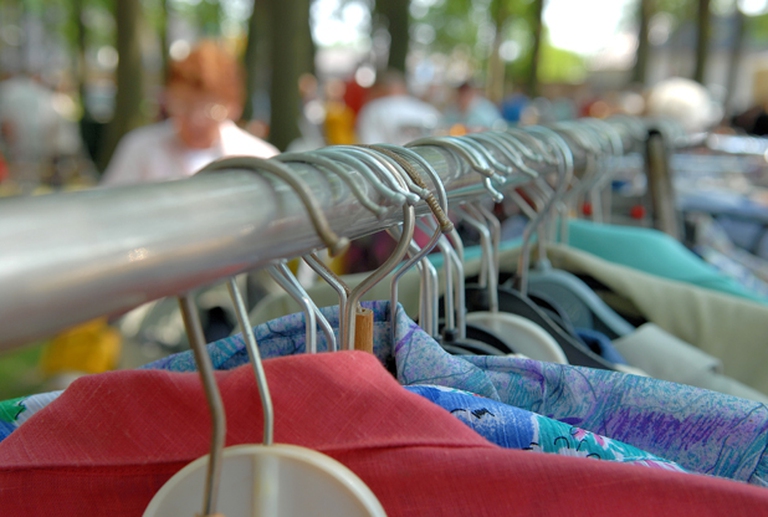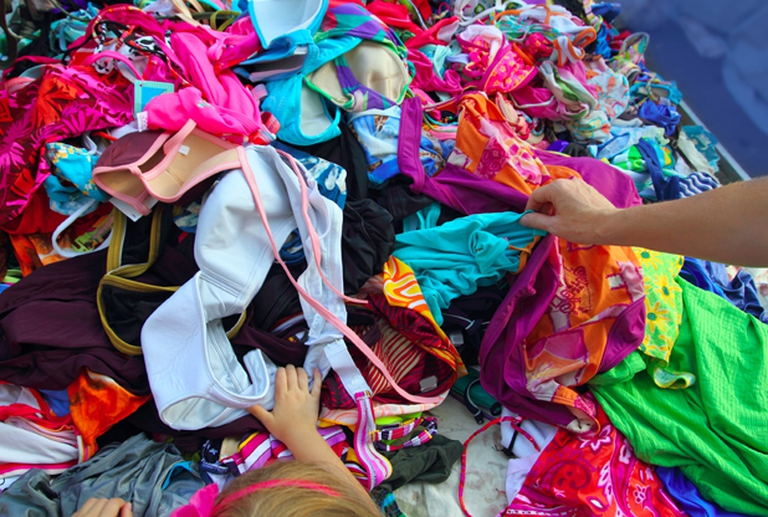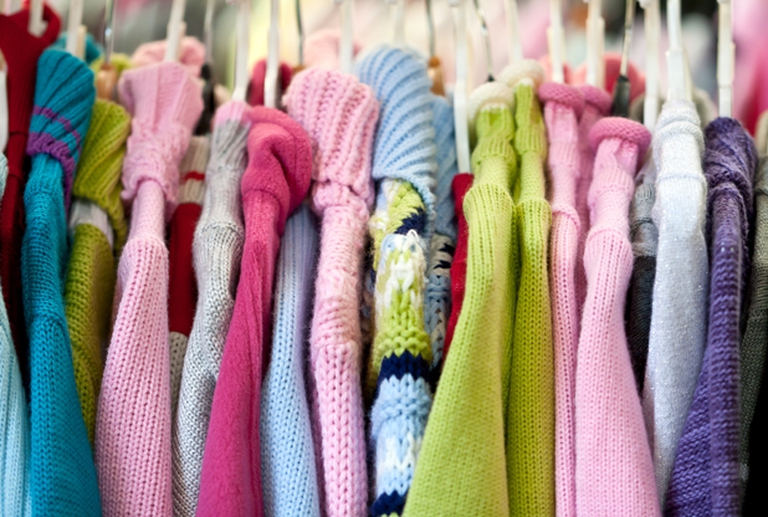
Isatou Ceesay founded a social enterprise that is helping to fight plastic pollution and empowering women and young people to gain economic independence.
The importance of waste recycling is a widespread awareness in all sectors, from food and fashion industry to IT. What about households? How many unused and unwanted clothes do pile up in your wardrobe? Out-dated clothing and clothes too small to be worn fill up our closet, making it the emblem of waste and bad
The importance of waste recycling is a widespread awareness in all sectors, from food and fashion industry to IT.
What about households? How many unused and unwanted clothes do pile up in your wardrobe? Out-dated clothing and clothes too small to be worn fill up our closet, making it the emblem of waste and bad habits.

Textiles are a great resource, offering many reuse possibilities. By recycling second-hand clothes you can give them a second life, making original and attractive items out of them.
Fashion industry grasped this trend, offering plenty of initiatives.
For example, H&M, the low cost Swedish brand, embraced the sustainable fashion concept, launching second-hand clothes collection. By adhering to the Long live fashion initiative, you will receive a voucher with a discount for your next purchase.

Due to the economic crisis we are going through, numerous initiatives aimed to recycle waste textiles came up. Barter seems to be a valid option, as demonstrated by L’armadio verde, the first Italian swap shop, where quality and branded clothes for children can be exchanged. It is an initiative with a low environmental impact that allows moms saving money, whilst educating children to sustainability.

The Web is filled with on line eco-friendly shops. Reoose is an eco-store dedicated to reuse and barter, inspired by the three R’s philosophy: reduce, reuse, recycle. In fact, as the founders affirm, people spend lots of money in useless things that are going to be put away in the attic or in landfills.
Recycling second-hand clothes is one of the small daily actions that can help cut wastes substantially. Let’s think about it.
Siamo anche su WhatsApp. Segui il canale ufficiale LifeGate per restare aggiornata, aggiornato sulle ultime notizie e sulle nostre attività.
![]()
Quest'opera è distribuita con Licenza Creative Commons Attribuzione - Non commerciale - Non opere derivate 4.0 Internazionale.
Isatou Ceesay founded a social enterprise that is helping to fight plastic pollution and empowering women and young people to gain economic independence.
We must give back to nature more than we extract. The European Union’s circular economy plan sets the guidelines to embrace this paradigm shift.
By recovering clothes discarded in the West, Togolese designer Amah Ayiv gives them new life through his high fashion creations.
Two world-famous designers, Ross Lovegrove and Marcel Wanders, on the relationship between plastic and design. The stimulus for this conversation was offered by an exhibition at the past Milan Design Week inviting 29 designers to rethink their approach to this (now) demonised material.
Getting people to consume less is important, but it’s not enough. There has to be a cultural shift, and design is likely to have a key role in transforming our approach to plastics.
Detroit Dirt has given new blood to a problematic city by promoting the circular economy. We met founder Pashon Murray at Seeds&Chips, where she told us what it means to be both a woman and proud Detroiter.
On the path toward zero waste, 23 pioneering cities and regions committed to significantly cut the amount of waste they generate, to accelerare the transition to a more sustainable future.
Seabin, the device that removes floating waste, has sent ripples all over the world thanks to its simplicity and effectiveness. We speak to Pete Ceglinski, Seabin Project’s CEO, who has dedicated his life to cleaning ocean plastic.
Yona Friedman is a visionary and innovative architect and theorist. We met him during the inauguration of the installation he made in occasion of the Milan Design Week.







